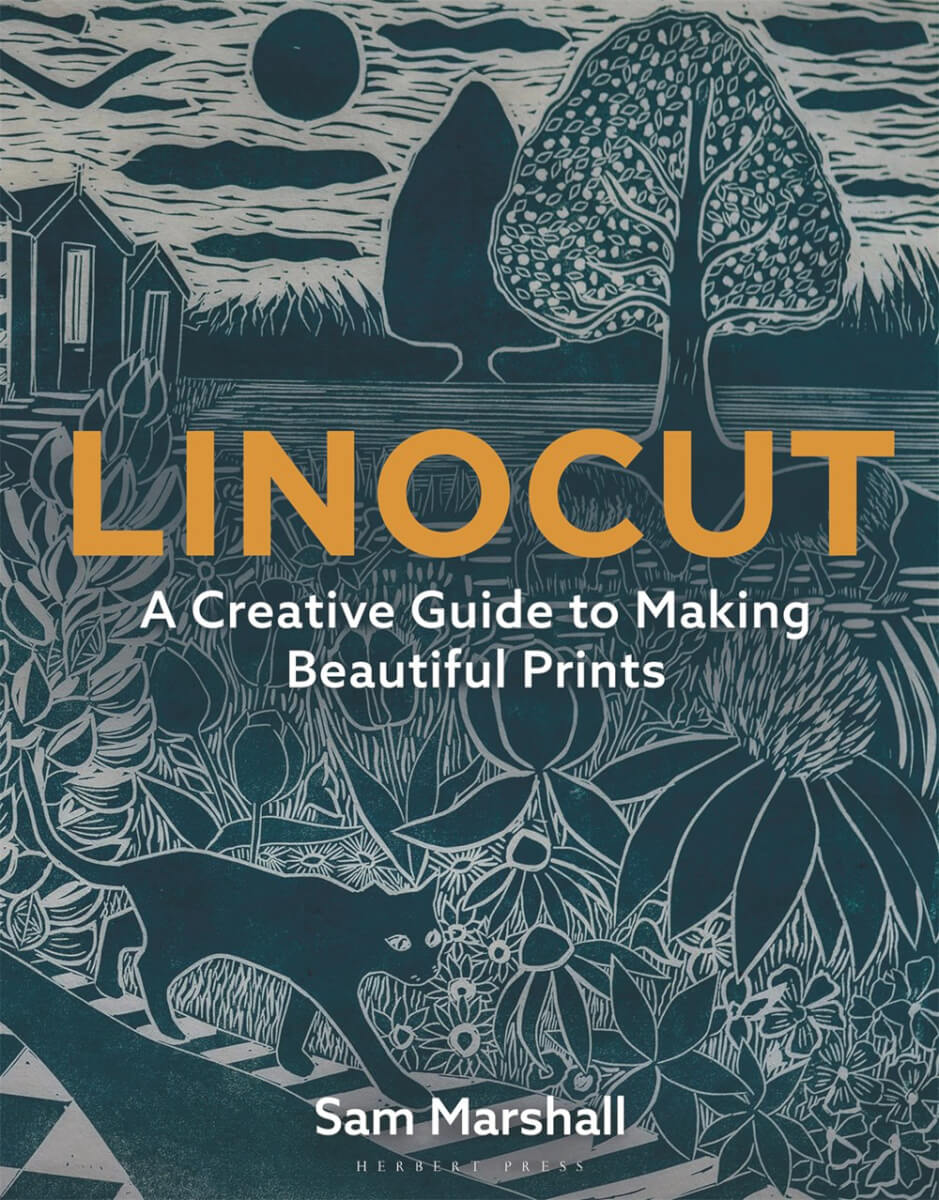Sheila Liming’s Hanging Out: The Radical Power of Killing Time is a thoughtful manifesto on the inherently subversive and joyous act of socializing. In seven chapters about different types of hanging out (“Dinner Parties as Hanging Out,” “Hanging Out on the Job,” etc.), Liming explores the fading art of leisure and its cultural roots.
Liming defines hanging out as a conscious act of refusal in a production-obsessed society. “Hanging out is about daring to do nothing much,” she writes, “and, even more than that, about daring to do it in the company of others.” She acknowledges that it is a peculiar time—amid the COVID-19 pandemic—to call for a return to the in-person hang, but this context is precisely why we are realizing the importance of spending idle time in physical communities. We cannot let corporate capitalism snatch away what is left of our free time, Liming argues. “Time is being stolen from us—not for the first time . . . but at newly unprecedented rates.”
Hanging Out reads as a chattier, slightly more precious version of How to Do Nothing by Jenny Odell. The book embraces its call for intentional meandering with wide-ranging references and a loose narrative structure. An English professor, Liming is unsurprisingly the most compelling when she incorporates literary criticism into her treatise. While the personal stories drag, the fiction references crackle. This is particularly true in her analysis of “party literature” in the chapter “Hanging Out at Parties,” in which Liming looks at several 20th-century novels and examines the different ways parties have functioned as social mechanisms.
What is quickly revealed in Liming’s contemplative writing is that hanging out—and all of its possible ramifications, limitations and effects—is too enormous a subject to comprehensively discuss. Instead, Liming uses her time to argue for the importance of mingling with others and finding time, even in an increasingly virtual world, to enjoy the hang.





























